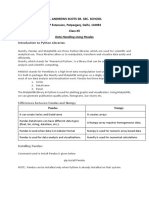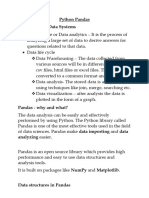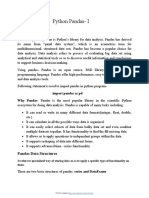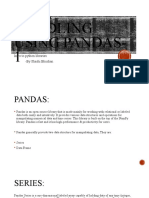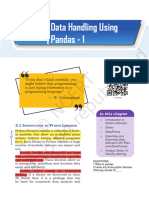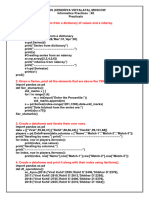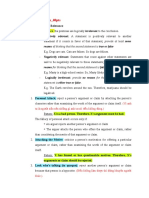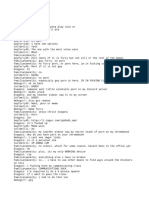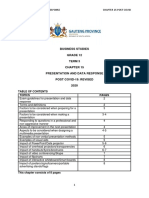0% found this document useful (0 votes)
101 views11 pagesPandas Series for Data Enthusiasts
- Pandas is a Python library used for data manipulation and analysis. It allows importing and storing data in Series, DataFrames, and Panels.
- A Series is a one-dimensional array-like structure for storing homogeneous data (all the same type). It can be created from a list, dictionary, or other inputs. Series provide labels for indexed data values.
- Pandas provides powerful tools for data cleaning, transformation, selection, merging, and analysis. It allows easy import/export of data in many formats and integration with other Python visualization libraries.
Uploaded by
UV DabCopyright
© © All Rights Reserved
We take content rights seriously. If you suspect this is your content, claim it here.
Available Formats
Download as PDF, TXT or read online on Scribd
0% found this document useful (0 votes)
101 views11 pagesPandas Series for Data Enthusiasts
- Pandas is a Python library used for data manipulation and analysis. It allows importing and storing data in Series, DataFrames, and Panels.
- A Series is a one-dimensional array-like structure for storing homogeneous data (all the same type). It can be created from a list, dictionary, or other inputs. Series provide labels for indexed data values.
- Pandas provides powerful tools for data cleaning, transformation, selection, merging, and analysis. It allows easy import/export of data in many formats and integration with other Python visualization libraries.
Uploaded by
UV DabCopyright
© © All Rights Reserved
We take content rights seriously. If you suspect this is your content, claim it here.
Available Formats
Download as PDF, TXT or read online on Scribd
/ 11







